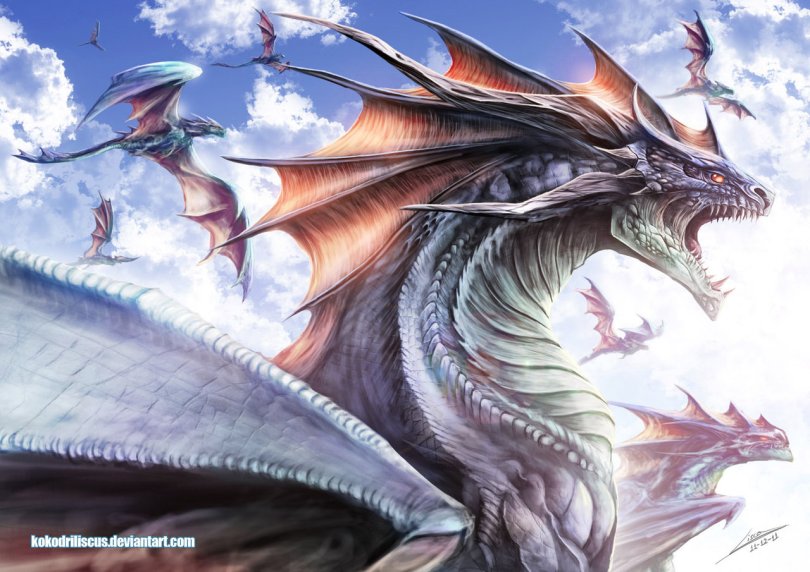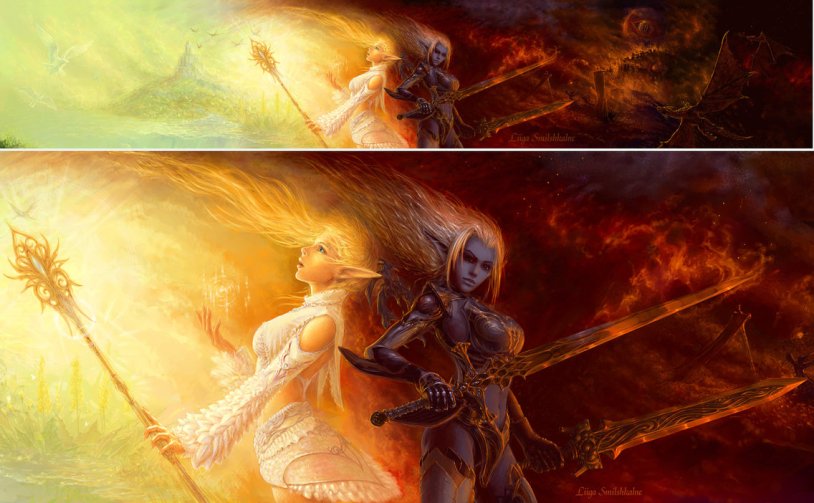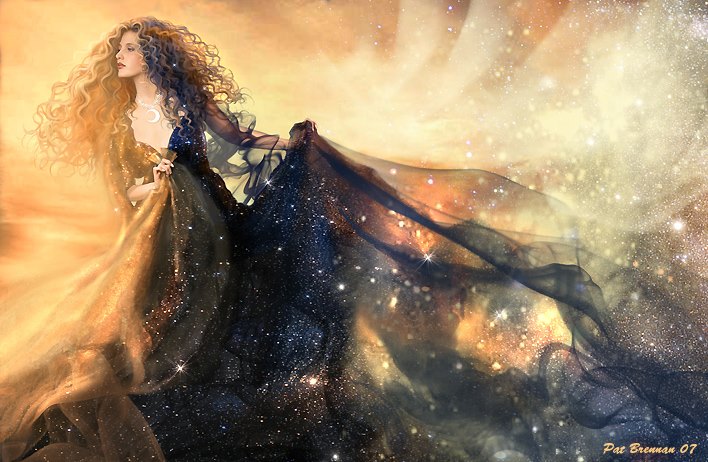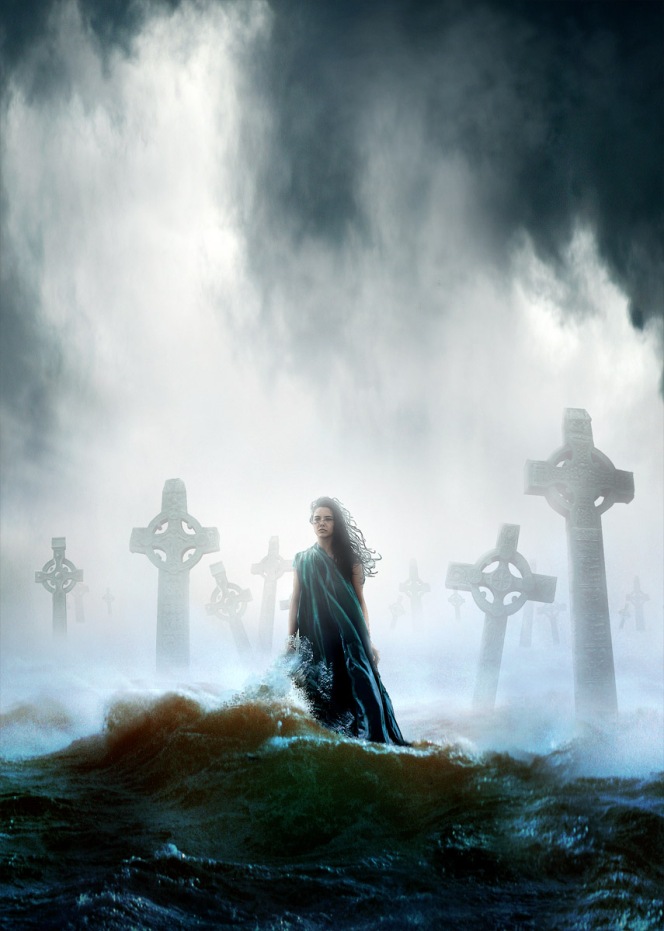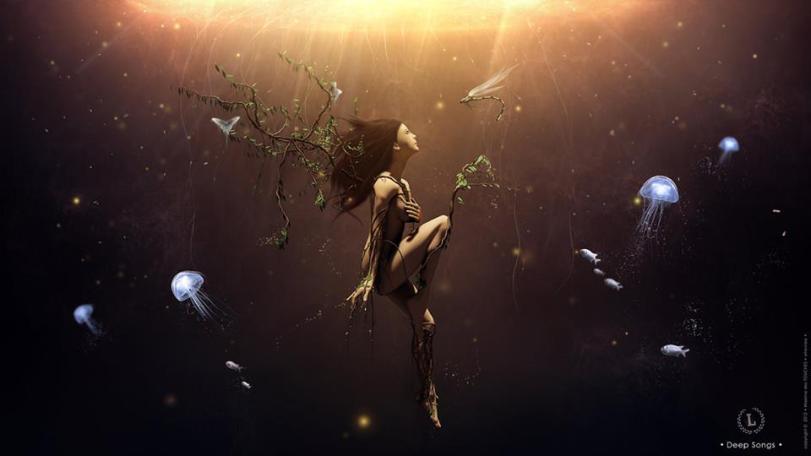‘Clan of the Dragon’s Code of Honor’
J’Karrah EbonDragon 1994, Revised 2003
from: http://ebon-dragon.com/cotd/Honor.html
*Adapted in part from traditional sources*
“1) In all that you do be honest and fair. Always consider how your actions will affect your family, your Clan, and your standing among those Dragons who call you friend. If what you are doing will not bring honor or justice, or improve the world around you by even the smallest measure don’t do it. It is your duty always to ensure that no dishonor or shame comes to those dependent upon you because of your words or actions.
2) Take credit for, and accept the consequences of, all of your own actions, be it for good or ill. Everyone makes mistakes. Shame only comes in not owning up to them. And when you do make an honest mistake, forgive yourself as you would forgive others.
3) Accept no blame for that which you did not do without a very good reason such as saving an innocent from harm. Accepting undue blame to save the “honor” of another is not a good reason, for if they *had* any honor worth saving they would accept the consequences of their own actions rather than trying to pass it on to you.
4) Give your word only after great consideration as to how it may affect your duty to your Gods, your family and Clan. And when you do give your word you are honor bound to keep it. Should you knowingly or deliberately fail to do so, your honor is diminished until you make amends.
5) Do not engage in idle gossip or speculation about the affairs or actions of others. Never reveal the secrets entrusted to you by family, Clan, or friend lightly. To do otherwise shows you to be an untrustworthy person and seriously lacking in honor. The old adage “Loose lips sink ships” applies in all areas of life. The spreading of unsubstantiated rumor brings dishonor upon you and shame to your family, your Clan, and your Dragon friends.
The only exception to keeping a secret is when doing so would endanger an innocent, bring unjustified dishonor to another, bring shame to family or Clan, allow a criminal to go unpunished, or seriously violate the laws of the land. In this matter let common sense prevail.
6) What is yours is yours. Let no one take from you by force or con you out of that which is legally and rightfully yours. But also respect the property of others. Take nothing you are not entitled to or which has been given to you freely and with an open heart.
7) If someone who has wronged you, your family, or Clan comes before you in genuine repentance forgive them with out reservation. However, you have no obligation to forgive those who have wronged you yet made no attempt at restitution. Remember, while holding stubbornly to old, useless anger does you no good, neither does forgiving those who have not earned it. Forgiveness is a gift freely given yet still must be earned. It is not something that can be demanded of you, nor an “obligation” you must submit to in order to “move on.”
If you cannot honestly forgive then don’t… But also don’t let old angers fester in your heart. Instead release them to the Universe that they may be cleansed and dissipated. This does not mean you forgive the offender, it simply means that you to choose no longer let them have any power over you in any form.
8) Never neglect your family or Clan. Have the fierceness of a Dragon in their defense if and when necessary, and always be certain they are provided for before starting any new endeavor or taking any risk.
9) Always remember that having a cool head and calm mind is a virtue. The ability to keep your head when all around you are losing theirs is a benefit that will serve you well in all aspects of life.
10) Remember that you are a representative of your family, your Clan and your Dragon friends. You physical appearance and demeanor should reflect that. Show pride in yourself, your appearance, and your position in the Clan without being arrogant. Always strive to do your best everything you do. Be generous with self-praise (without bragging) and self-forgiveness when warranted.
11) When you gain power or authority, use it carefully and with wisdom. Remember that both power and authority grow with experience, and as a member of the Draconic Tradition you should exercise both with care, dignity and humility. No matter how wise you think you are, or how powerful, if you abuse what has given you there will come a time when the universe may decide to take it back.
12) Do not give your friendship or your allegiance frivolously or without careful consideration. Not all those who seek to be friends with you are worthy of that honor. A false friend can be more dangerous than the most bitter enemy. Make sure those whom you call “friend” are trustworthy and honorable.
13) Unless the lives and safety of your family or Clan are in jeopardy always obey the “laws of the land.” To do otherwise without true justification brings dishonor to you, your family, and your Clan and shames you before your gods.
14) Remember that dignity, a gracious manner and a good sense of humor are traits to be admired and cultivated.
15) Always be prepared for whatever the Future may bring. Life with all of its joys, sorrows and secrets is to be embraced and experienced to the fullest, for this is how one gains wisdom, knowledge and experience. When your time in this Life is done, return to your Gods with joy. Stand before Them with pride for a life lived with honor, and wait with a glad heart until your time of rebirth comes once again.”
Shared by Moro
Art title: ‘ The Day of the Dragon’ by artist: kokodriliscus @ http://kokodriliscus.deviantart.com/art/The-Day-of-the-Dragon-273419243

